December 31, 2021 – We gather news: You stay informed
Dec 31, 2021: Endangered Right Whale Calves Spotted, NOAA Study: Arctic Heating Twice as Fast, Lawsuit Seeks to Protect Polar Bears and more…
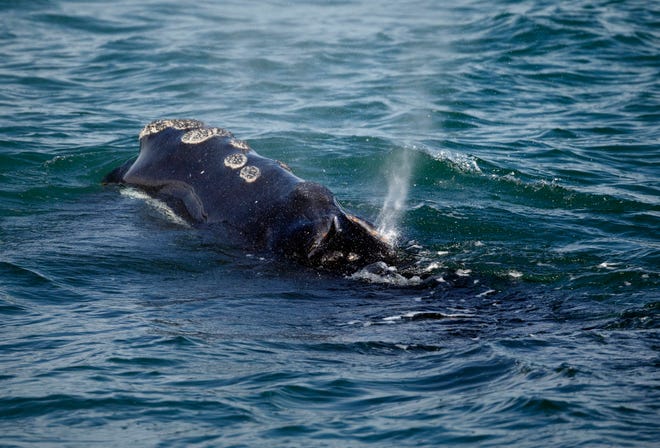
1. Nine Endangered North Atlantic Right Whale Calves Spotted in First Month of Season
North Atlantic Right Whale calving season is off to a bright start, with nine mother-calf pairs already spotted from Florida to South Carolina. Fewer than 350 of the whales remain, and the critically endangered species is currently dying at a faster rate than they can reproduce, so each birth is a cause for celebration. Still, “It’s really too early to say what kind of a season we’re going to have,” said wildlife biologist Tom Pitchford. The National Oceanic and Atmospheric Administration estimates it would take 20 new calves born this year just to hold the population steady. That’s only happened twice in the past decade, though it was once a regular occurrence. Only 70 reproductively active North Atlantic right whales remain alive, researchers estimate. “We need to do everything we can to reverse that trend and get them on an upward path,” Pitchford said.
Thank you for your generous gift that will help us continue the production of this weekly, free publication
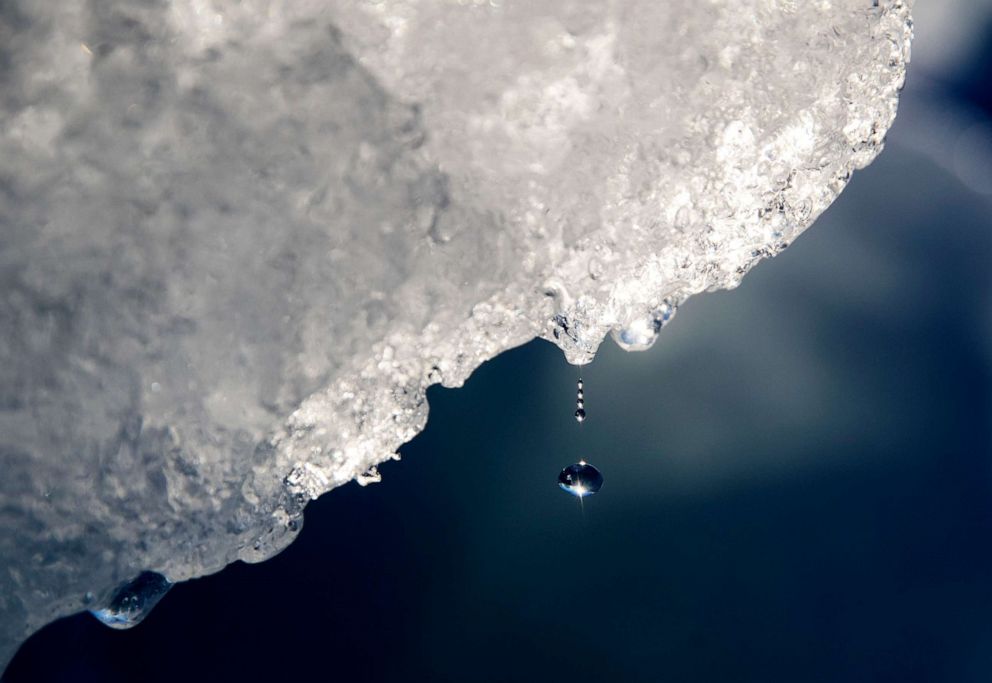
2. NOAA Study Shows Arctic Heating Twice as Fast As Previously Thought
The Arctic is heating up twice as fast as the rest of the world, according to a report released by the National Oceanic and Atmospheric Administration. The mass melting of sea ice, permafrost, and ice caps in the Arctic is hard evidence of global warming, according to experts. Here is how melting in the Arctic could have detrimental effects around the globe, according to experts: Coastal communities will eventually need to move inland because the biggest long-term effect of warming in the Arctic will be sea level rise. Global weather systems will shift drastically because the environmental conditions in the Arctic affect weather systems across the world. Shipping lanes will open because melting sea ice in the Arctic is opening up lanes in the ocean for the global trade route. And the pristine ecosystem will likely be ruined once the Arctic is open for shipping.
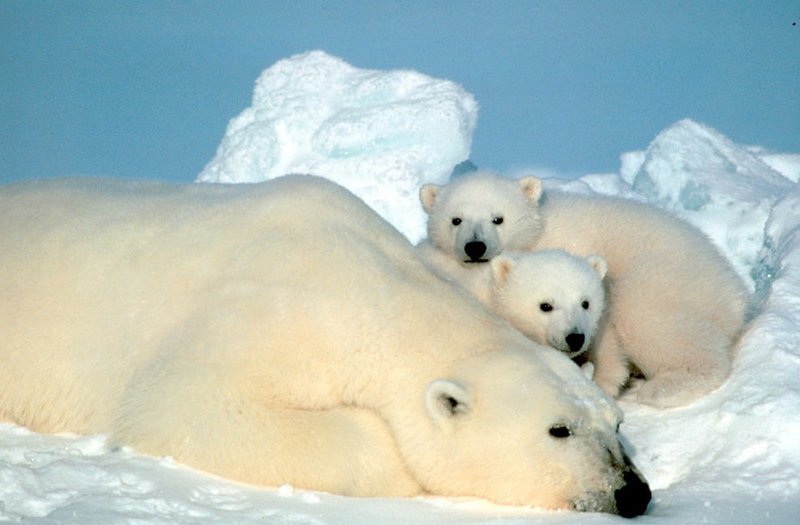
3. Lawsuit Launched to Protect Polar Bears From Arctic Oil Exploration
The Center for Biological Diversity has filed a formal notice of intent to sue the United States Department of the Interior and Bureau of Land Management for failing to protect imperiled polar bears from an oil exploration project in the Western Arctic. 88 Energy’s Peregrine Exploration Program is an oil and gas exploration program located along the Colville River that’s currently free from oil and gas development. The project involves building snow and ice roads and air strips, near constant air and vehicle traffic, and other drilling-related activity. Noise pollution from these activities can stop polar bears from feeding, disrupt their movements or scare mothers and cubs from their dens. The project will also increase the greenhouse gas emissions driving the species toward extinction. With only about 900 bears remaining, the Southern Beaufort Sea population is the most imperiled polar bear population in the world.
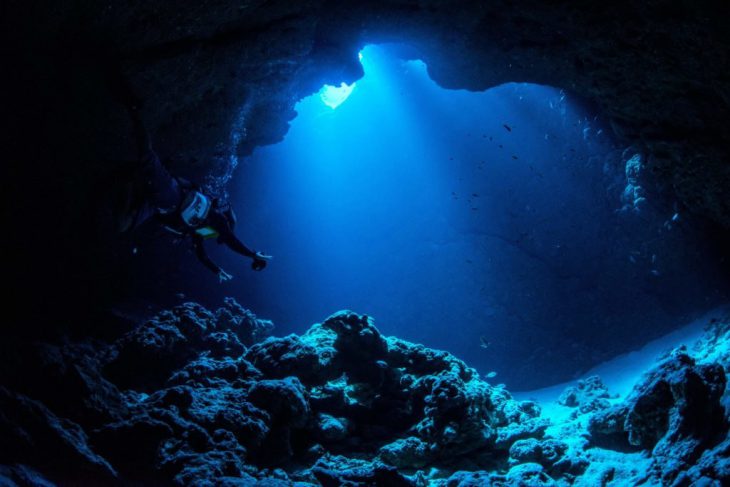
4. Viruses Inhabit Even the Deepest Depths of the Ocean
The importance of viruses in the shallow ocean has been widely researched, but viruses 6,000 meters or more below the surface have not been studied. Recently scientists gathered DNA sequences of both viruses and bacteria from the seawater and sediment of the deepest trenches on the planet: the Mariana, Yap, and Kermadec Trenches. They found that about 74% of the viruses from the seawater samples represented new types of viruses. Approximately 85% of viruses from the sediment were also undiscovered and could not be classified into known types of viruses. Additionally, the researchers matched the viruses to the certain type of bacteria that they infect and burst. One of the most abundant groups of these bacteria are the Oleibacter. They are heavily involved in ocean carbon cycling on their own; however, after bursting, they add more nutrients to the system like carbon and nitrogen.
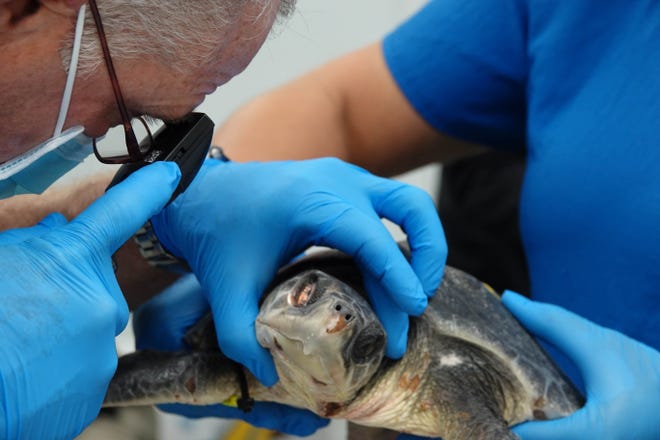
5. Cold-Stunned Endangered Sea Turtles Flown to Corpus Christi for Medical Care
Recently, 32 Kemp’s ridley sea turtles were flown to Corpus Christi, Texas from the New England Aquarium for medical care and treatment. The sea turtles were found on Cape Cod beaches suffering from hypothermia, pneumonia and other injuries. Rehabilitation facilities in New England are reaching capacity, but Texas facilities have offered to help. Sea turtles rely on heat from their environment to maintain their body temperature. When water and air temperatures drop rapidly, they become lethargic and unable to swim. Cold-stunned turtles require expert medical care. The turtles were tucked into boxes, wrapped in towels and kept at temperatures of 70 to 75 degrees while in flight. Treatment includes physical exams, antibiotics, bloodwork and X-rays. The goal of this rehabilitation effort is to release these endangered turtles back into the Gulf of Mexico as soon as they are healthy enough to return to the ocean.
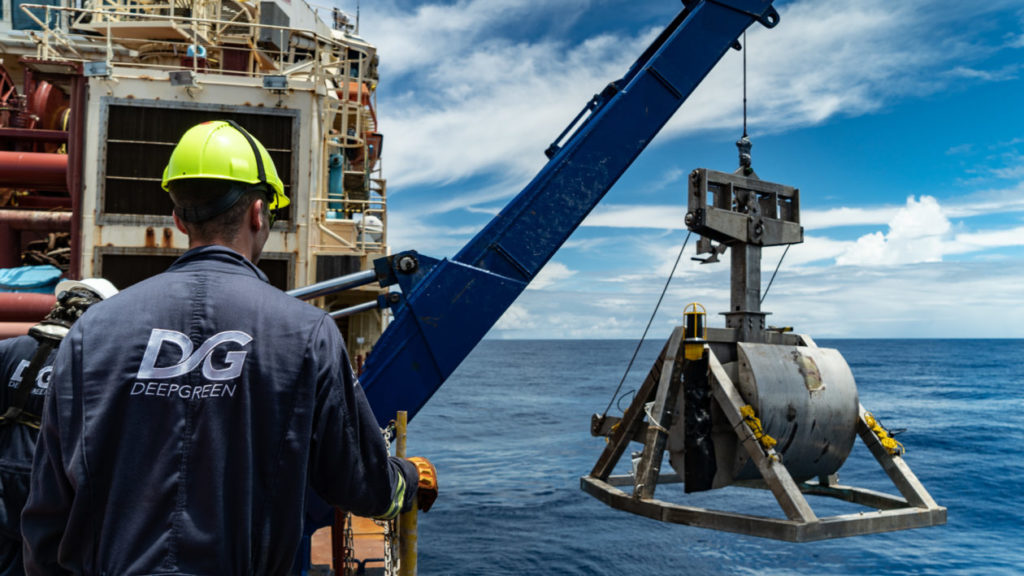
6. Deep Sea Mining Threatens the Largest, Virtually Untouched Ocean Ecosystem – “The Deep”
If the small nation of Nauru has its way, enormous bulldozers could descend on the largest, still mostly untouched ecosystem in the world—the seafloor—within the next few years. Hundreds of marine scientists have warned that this would be an ecological disaster resulting in damage “irreversible on multi-generational timescales.” The seabed is covered with potentially mineable and valuable metals in the form of polymetallic nodules. Those in favor of deep sea mining claim it is essential to curb carbon emissions since metals in the nodules could go into products like electric car batteries. But scientists say the costs are too great. The ocean floor is so difficult to access that its inhabitants and their significance to the functioning of the oceans are ill-understood. And seabed mining, which would take place in complete darkness, thousands of feet under water, will be almost impossible to monitor.
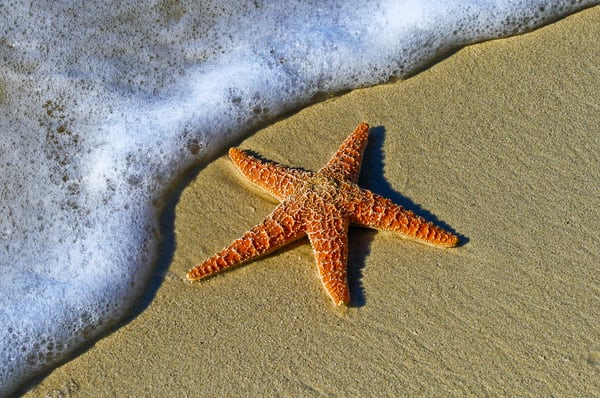
7. Sunflower Sea Star Population Plummets – May Need Protective Status
The National Marine Fisheries Service has announced that imperiled sunflower sea stars may warrant protection under the United States Endangered Species Act. Since 2013, 90% of the Pacific population of these sea stars has been lost to sea star wasting disease. The outbreak is being driven by climate change, with warmer oceans making the effects more severe and deadly. Sunflower sea stars — which have up to 24 arms, can be a meter wide, and come in a variety of bright colors — live along shorelines from Southern California to southern Alaska. They’re voracious predators whose consumption of sea urchins helps prevent the overgrazing of kelp forests.
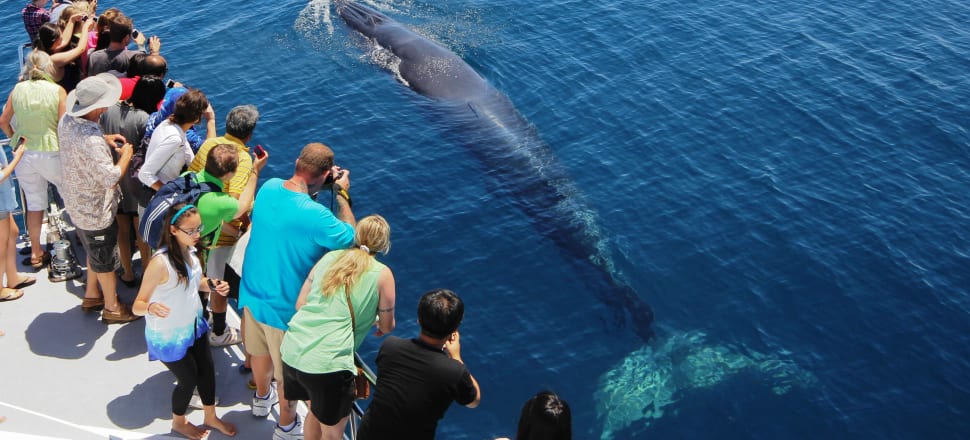
8. Whales Are the Canary in the Coal Mine for the Hauraki Gulf
Despite its proximity to New Zealand’s biggest city, the Hauraki Gulf is a thriving and diverse ecosystem. One of the area’s main stars is the Bryde’s whale, although with only 140 to 200 are left in the region, they could be the proverbial canary in the coal mine when it comes to environmental change. A recent study found Bryde’s and Sei whales in the Gulf are consuming huge amounts of microplastics each day. Scientists compared previously studied microplastic levels in the water versus the amount found in whale scat. The study confirmed that around 99.9% of the microplastics came from the baleen whales’ diet of zooplankton, rather than the ambient water. This means previous measurements of microplastic levels in the Gulf may be underestimated up to four orders of magnitude.
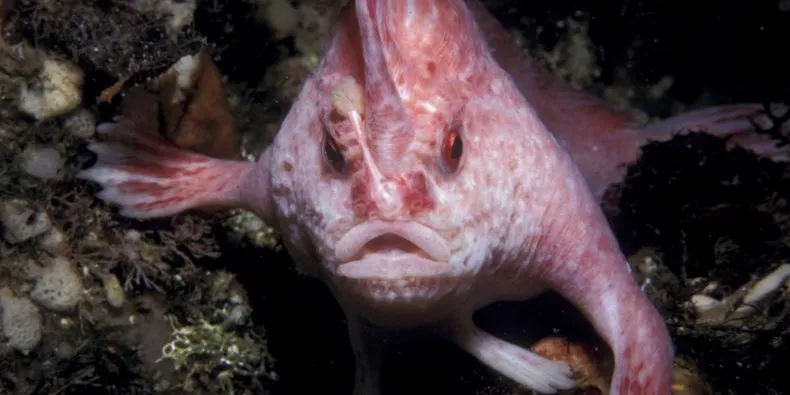
9. Endangered Pink Handfish Not Seen for 22 Years Caught on Video
An extremely rare pink handfish has been filmed off the coast of Tasmania, Australia, in the first sighting of the species for more than twenty years. The footage was taken during a survey of the Tasman Fracture Marine Park. Neville Barrett, who led the expedition, said that these surveys are a great way of understanding which species live in a region. We get a glimpse of which animals are common and which are rare. “The biggest surprise was in finding a pink handfish at a depth of around 120 metres,” he said in a statement. “This is an exciting discovery and offers hope for the ongoing survival of pink handfish, as clearly, they have a wider habitat and distribution than previously thought.”

10. Submerging Atlantic Salmon Cages May Do More Harm Than Good
Submerging salmon in sea cages as a lice prevention strategy may have significant drawbacks. In a trial, researchers fit pens with air domes and stocked them with salmon smolts. The researchers submerged the cages 15 meters below the surface and tracked the salmon for a year. Results from the trial showed that salmon in the submerged cages had significantly lower sea lice levels. However, the average harvested weight for the submerged fish was nearly half of the control group, and the overall mortality rate was 2.5 times higher than the control. The researchers also found that salmon raised in the submerged cages had more eye and mouth injuries than fish raised in conventional cages. The salmon aquaculture industry is turning to preventive strategies to control sea lice instead of relying on chemical treatments, like submerging cages below the water’s surface.
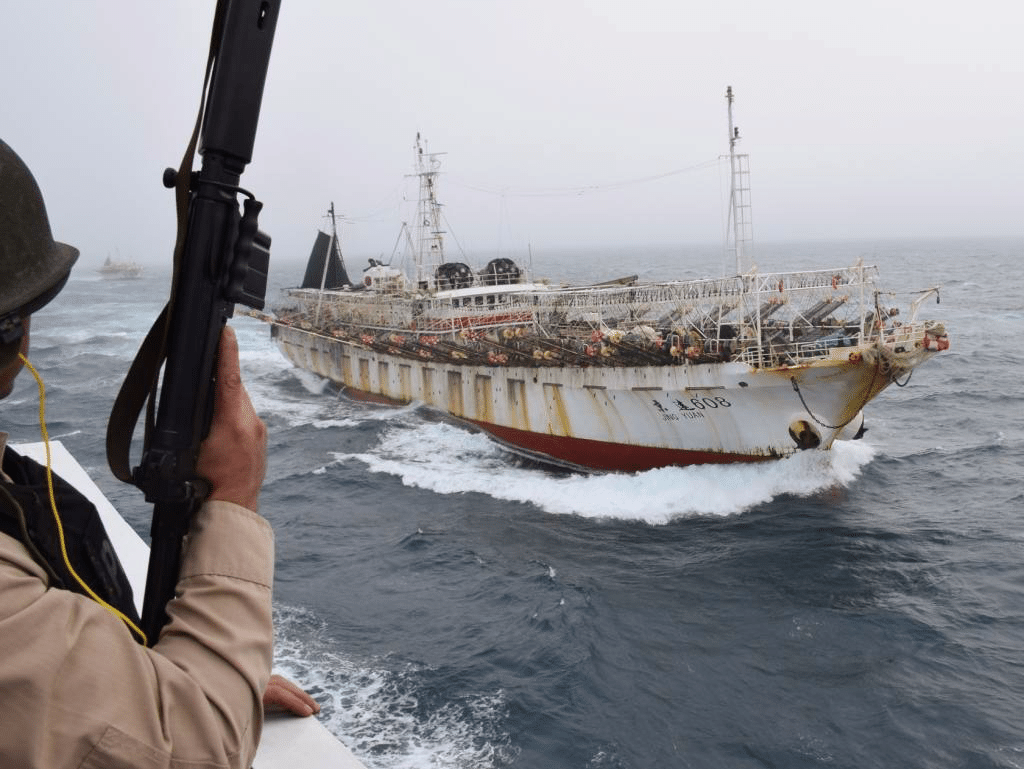
11. 2021 Report – Latin America Experiences Illegal Fishing High
There has been a spree of illegal, unreported, and unregulated (IUU) fishing across Latin America in the past year, much of it driven by competition for diminishing catch. Ecuador exported a record haul of shark fins, thanks to aggressive fishing tactics and laws that allow shark products to be sold if declared as accidental bycatch. In Mexico, Chile, and Brazil, local fishers broke seasonal bans and poached valuable species. IUU fishing further depleted the oceans. Countries began to search for solutions, signing agreements to extend reserves, increasing enforcement and sharing location data of fleets in a bid toward transparency. China consistently ranks as the world’s worst IUU fishing offender due to its massive distant-water fishing fleet. Chinese vessels operate in Latin America’s oceans year-round and plunder the waters near Argentina in the South Atlantic and those near Chile, Peru and Ecuador in the South Pacific.
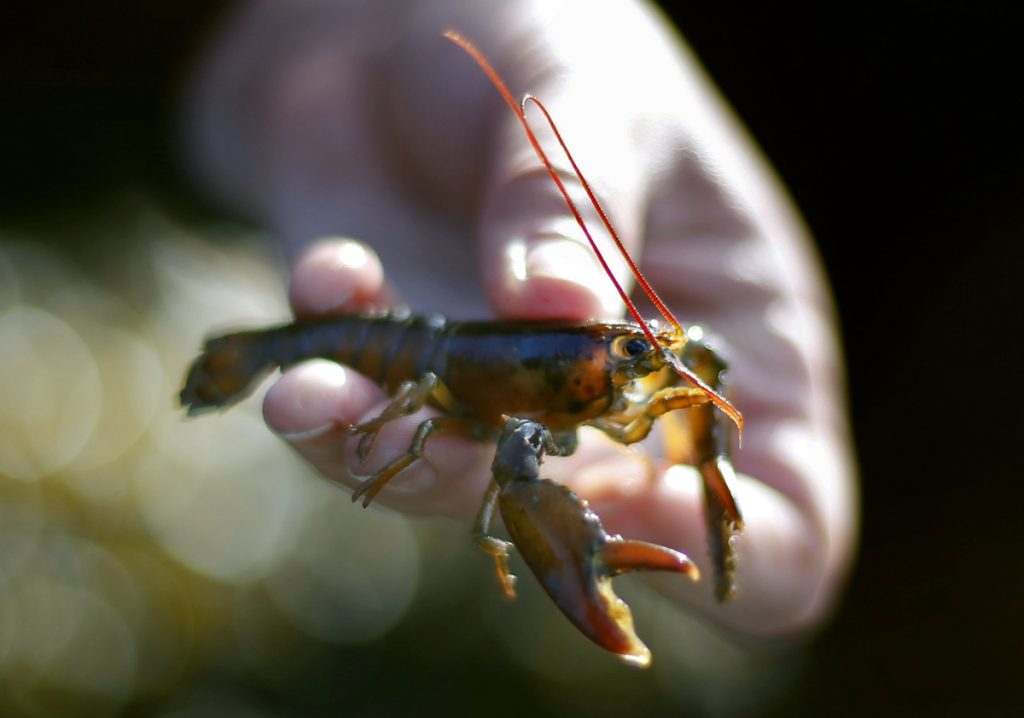
12. Climate Change May Cause Maine Juvenile Lobster Starvation
Researchers at the University of Maine and Bigelow Laboratory for Ocean Sciences are trying to figure out what baby lobsters eat. They want to ensure they are prepared for climate change as the crustaceans’ main food sources start to decline. Recently, the number of juvenile lobsters compared with adult lobsters has declined, suggesting that lobsters are dying off in the early stages of life. Researchers have also noticed declines in the zooplankton population in the Gulf of Maine due to its warming waters. In their larval stage, lobsters spend several weeks in the water column feeding on zooplankton. Larval lobsters may not be making it to adulthood because there isn’t enough for them to eat. Despite their importance to Maine’s economy and ecosystem, scientists need to know more about what lobsters eat during key early development stages. The early results are leaning toward the food limitation hypothesis.

13. Ford Creates First Vehicle to Feature Plastic Parts Made of 100% Recycled Ocean Plastic
Ford is the first automaker to use 100% recycled ocean plastics to produce automotive parts. Wiring harness clips in Ford Bronco™ Sport models are made of ocean-harvested plastic. The strength and durability of the nylon material equals that of previously used petroleum-based parts but with a 10% cost savings and requiring less energy to produce. Jim Buczkowski, vice president of research, said, “It is a strong example of circular economy, and while these clips are small, they are an important first step in our explorations to use recycled ocean plastics for additional parts in the future.” The plastic material is collected from the Indian Ocean and Arabian Sea. Items produced using plastics collected from the oceans include a wide range of consumer goods, but not until now have automotive parts been on that list.
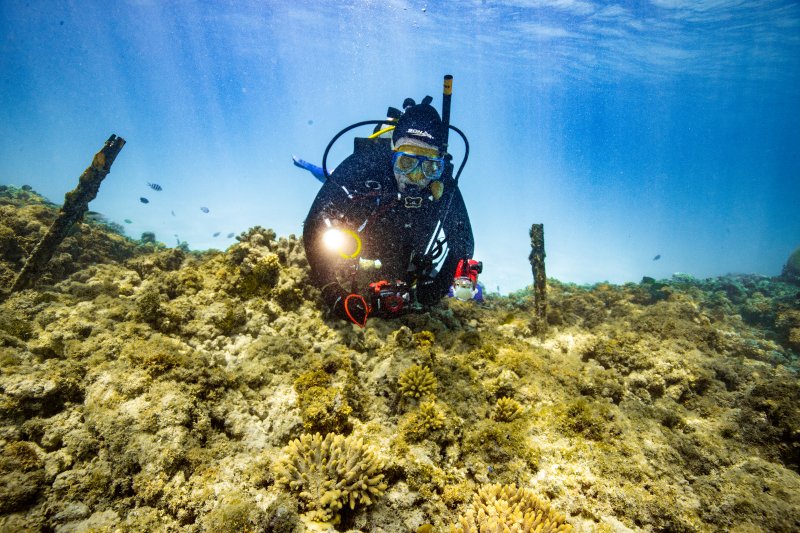
14. Could ‘Coral IVF’ Save the Great Barrier Reef?
In November, coral babies born through the first coral IVF trial on the Great Barrier Reef in 2016 began to spawn. Researcher Peter Harrison says human intervention has become necessary to help repopulate the Great Barrier Reef because of pollution, coastal development that damages ecosystems and warmer waters and intensifying storms. “Reefs are losing breeding corals much faster than most of them are getting enough larvae now to replenish naturally,” he says. Harrison’s coral IVF process starts by capturing matter from multiple coral spawn slicks around the reef. The eggs and sperm from different colonies are mixed to maximize the chances of fertilization and genetic diversity. The larvae are left to grow in floating pools near the reef for about a week, where they’re safe from predators and are kept from drifting away. When the time is right, the larvae are settled onto depleted reefs.

15. Using the Oceans to Store CO2 Could Help Avoid Climate Catastrophe, if Law Allows
The global goal to limit warming to 1.5 degrees Celsius is still alive, but “on life support,” U.N. Secretary General António Guterres has said. The experimental process of removing carbon dioxide from the atmosphere and storing it in oceans could help achieve the goal. Land-based carbon dioxide removal (CDR) solutions have major limitations, including large land and/or energy requirements, which has sparked interest in ocean-based approaches, like seaweed cultivation, ocean fertilization and alkalinization, and artificial upwelling. So far, no CDR techniques have been deployed at a large scale, and many require significantly more research before that can happen. On the legal side, there is uncertainty about how different CDR techniques, particularly ocean-based techniques, will be regulated. Ocean-based activities are subject to a large body of international law, but there is currently no comprehensive international legal framework specific to ocean CDR.

16. Vast Diversity of Life Discovered Beneath Antarctic Ice Shelf
Deep beneath Antarctica’s ice shelves, researchers have discovered dozens of lifeforms thriving on a tiny patch of the seafloor, an unprecedented level of diversity for an environment that has never seen sunlight. The ice shelves cover 1.6 million square kilometers of ocean, and what lies beneath the ice may very well be Earth’s least explored undersea habitat. The pieces pulled from underneath the ice shelf, when examined with a microscope, were clearly from different animals. All told, scientists identified 77 different species. Many of the species identified were bryozoans, or stationary filter feeders that often look like a brain or moss, and tube-feeding worms. The animals feast on microorganisms like ciliates and dinoflagellates that are swept underneath the ice shelf by oceanic currents. Carbon dating reveals these bottom-dwellers are not new tenants under Antarctica’s shelves, with some 5,800 years old.
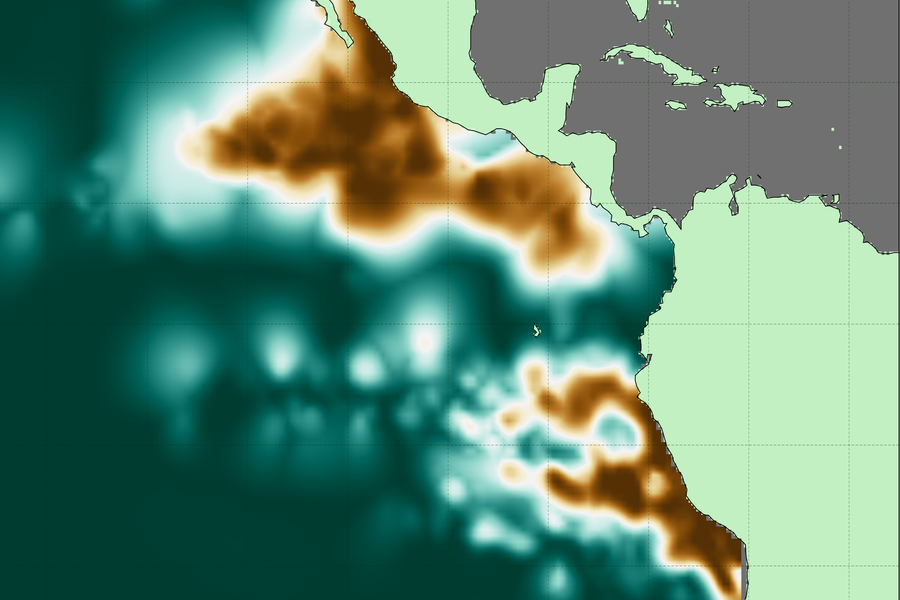
17. Scientists Build New Atlas of Ocean’s Oxygen-Depleted Waters
Scientists have generated the most detailed, three-dimensional “atlas” of the largest oxygen-deficient zones (ODZs) in the world. The new atlas provides high-resolution maps of the two major, oxygen-starved bodies of water in the tropical Pacific. These maps reveal the volume, extent, and varying depths of each ODZ, along with features like the ribbons of oxygenated water that intrude into otherwise depleted zones. The first zone, which stretches out from the coast of South America, measures about 600,000 cubic kilometers — roughly the volume of water that would fill 240 billion Olympic-sized pools. The second zone, off the coast of Central America, is roughly three times larger. The team hopes scientists can add to this atlas with continued measurements, to better track changes in these zones and predict how they may shift as the climate warms, which is expected to cause the oceans to lose oxygen.
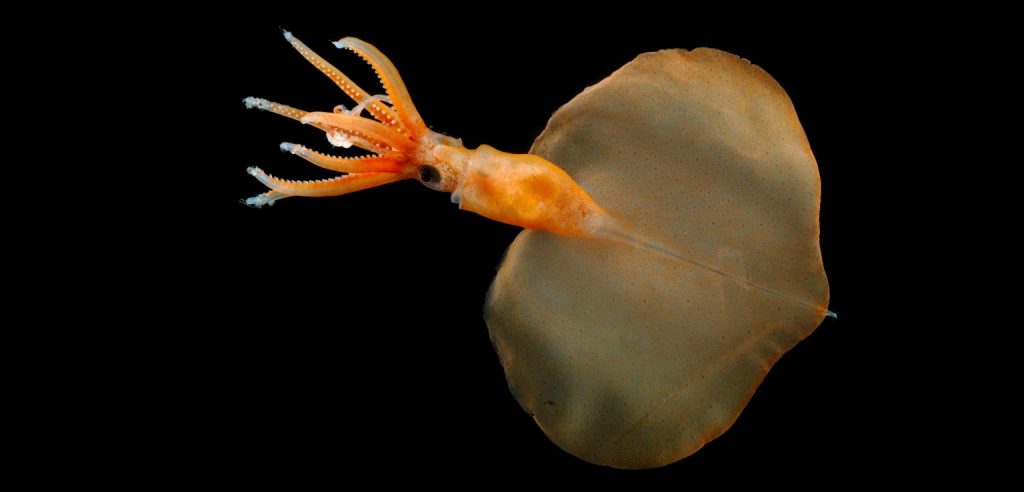
18. Deepest-Dwelling Squid Known to Science Spotted
When subsea explorers completed the deepest ever dive to a shipwreck this year, they initially missed their mark but found a squid deeper than anyone had seen before. The juvenile bigfin squid was a third the size of a typical specimen. Squid rely on a complex ecological web, and so to find a squid at these depths suggests other life forms must be down there somewhere to support it, says deep-sea ecologist Bruce Robison. If bigfin squid do commonly inhabit this part of the ocean at various stages of life, that could make them vulnerable to certain human activities, like deep-sea mining. There are signs of sea life in sediment around the shipwreck, for example, but not within the gouge itself, suggesting that when the seafloor at such depths is disturbed—as it would be during mining operations—it can repel marine organisms for decades.
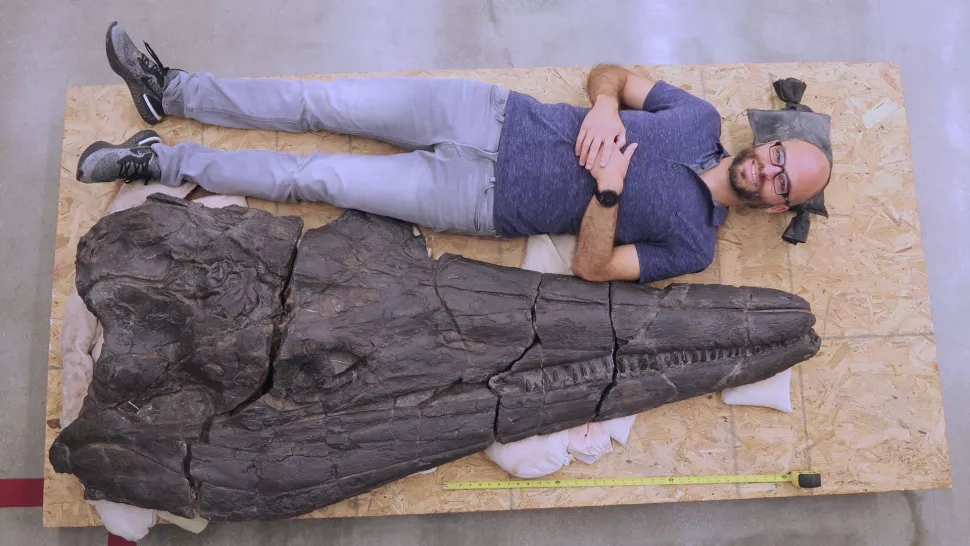
19. Scientists Discover Ancient Oceanic Reptile
Researchers have identified a new species of ichthyosaur — an enormous fish-shaped marine reptile that emerged 250 million years ago, not long after the Permian mass extinction wiped out most of life on Earth. The new species is dubbed Cymbospondylus youngorum — a massive creature comparable in size to the largest animal on Earth today: the blue whale. After analyzing the old bones, researchers estimated the animal’s size and constructed a phylogenetic tree to tease out how fast their bodies evolved compared to whales. Finally, they used mathematical models to try and retrace how food webs could have supported large animals like C. youngorum so early in the Mesozoic period. “No other vertebrate group appears to have evolved gigantism this quickly,” curator Nicholas Pyenson said. Within the first one percent of its evolutionary history, some species of ichthyosaur had evolved to more than 55 feet in length.




